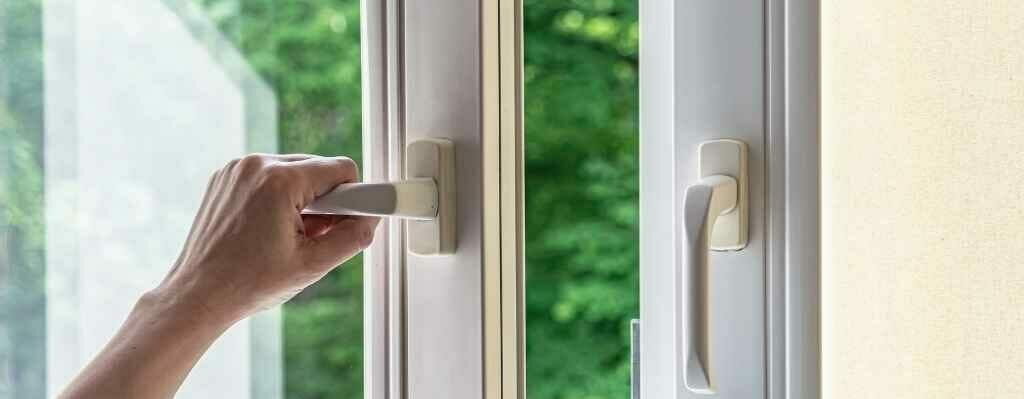Mildew and mould thrive in damp environments such as your bathroom, which is why it’s important to keep it clean. If mould is left untreated for too long, it can cause health problems in addition to looking unpleasant. So, how can you get rid of mould in the bathroom and stop it from returning?
Common causes of bathroom mould
Since mould loves humidity and warmth, bathrooms are a breeding ground for this pesky problem. Common factors that lead to mould growth in the bathroom are:
- Condensation due to a lack of air circulation
- Plasterboard and wood being drenched by water from leaking pipes, taps, and toilets
- Areas with a lot of cellulose-based materials like grout, plasterboard, and cloth allows mould to grow quicker.
Ways to prevent mould in the bathroom
- Turn on a bathroom ventilation system while you’re in the shower or bath, and keep it running for at least 30 minutes after you get out. If you don’t already have a fan, you should get one as soon as possible; until then, leave the window open regularly after showering or bathing.
- Use an air conditioner or dehumidifier to keep the humidity below 50%.
- A shower screen or enclosure can prevent mildew growth, although a shower curtain can also work.
- Rugs in the bathroom should be washed regularly. Wet towels and mats should be hung in well-ventilated rooms.
- The bathroom needs more frequent cleaning and drying, with special attention paid to the unseen areas, so maintain a consistent cleaning schedule
- It’s best to use a squeegee or an old towel to remove any remaining water after a shower or bath.
- Allow the shower curtain to dry completely by stretching it out to its maximum length.
- Avoid using scented cleaning agents on your curtains and carpets.
- It’s recommended you use gloss paint since it provides a more durable surface and prevents the spread of mould.
Ways to remove mould
- Spot-clean the bathroom with mould-killing cleaners like bleach, vinegar, or hydrogen peroxide. Avoid combining them; doing so could result in poisonous or otherwise adverse reactions. A simple wash with soap and water won’t eliminate the mould.
- Remove and replace any mouldy grout or sealant.
- Keep the doors and windows open while you clean to let in some fresh air and speed up the drying of any mould.
- When cleaning, always use safety goggles and clothing to prevent any products from coming in contact with your skin.
- Be careful while using anti-mould sprays; ventilate the room carefully; and keep children out of the bathroom while you clean.
- To prevent the mould from returning, it’s best to eliminate the source and any lingering spores.
As soon as you notice mould on the walls, seek professional help as this may be an ongoing issue. If you’re renting your property, it’s your responsibility to bring any mould issues to the attention of your landlord or the rental agency.
When mould is spotted, it should be removed immediately, and if possible, preventative measures should be taken to eliminate the problem altogether. For those of us who also have dogs and children in the house, the prospect of removing the mould with chemicals and other potentially dangerous substances may be troubling.
If you want an all-natural solution that works, white wine vinegar is your best bet for cleaning and preventing mould from returning. The mould issue will be resolved and your family and pets will be safe from any toxic chemical fumes.
There are several mould paints available, so if you start with a clean, mould-free surface and then paint with the mould paint, mould is far less likely to grow back.
If you’d like to have a conversation with us about how to keep your bathroom mould-free, or if you’re ready to plan your next bathroom, please get in touch!

